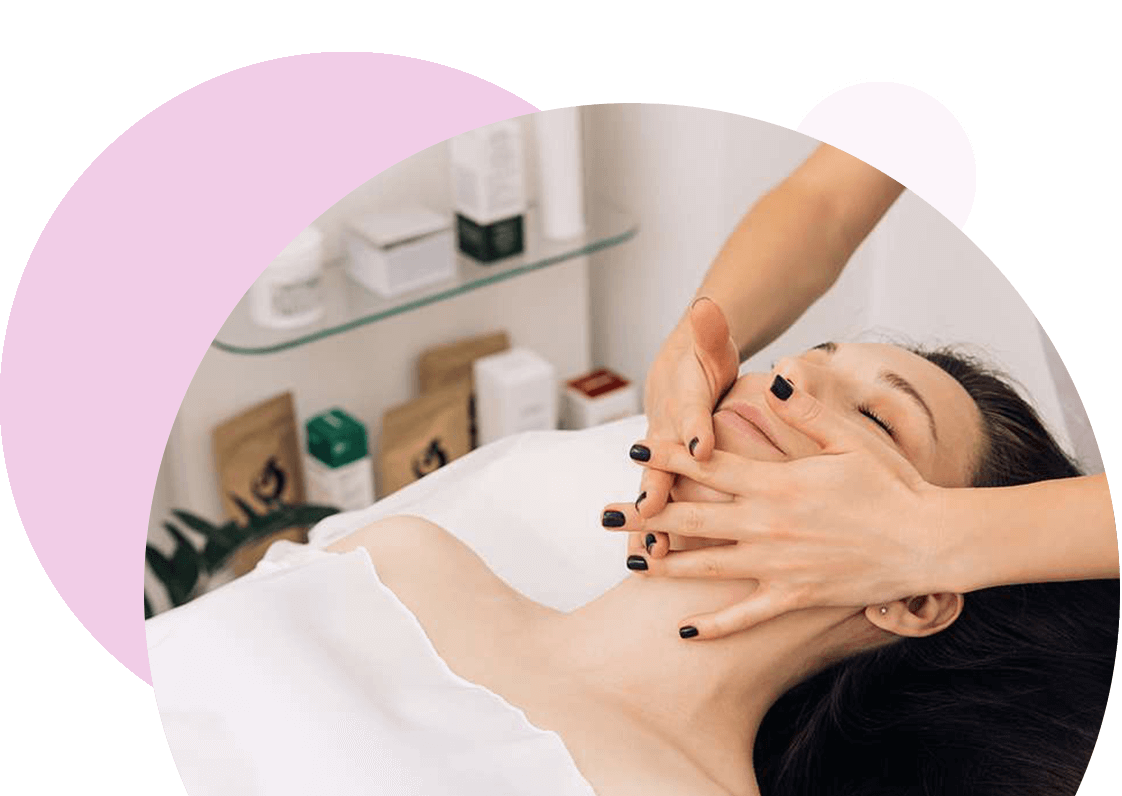About us


ABOUT
Meet Jennifer – Trusted Medical Aesthetics & Skincare Expert
Jennifer graduated with a Bachelor of Nursing degree from the University of New Brunswick in collaboration with Humber College in 2011. With over 10 years of experience in community care, Jennifer has expertise in palliative care and an in-depth understanding of the healthcare system’s strengths and challenges.
Jenifa strives to provide the best medical aesthetics & skin care services to help you enhance your natural beauty and self-confidence.
Jenifa strives to provide the best medical aesthetics & skin care services to help you enhance your natural beauty and self-confidence.
Mission
At Diamond Aesthetics, our mission is to provide safe, effective, and personalized medical aesthetics treatments that enhance natural beauty. Using cutting-edge technology and expert knowledge, we deliver exceptional results in services such as Botox, dermal fillers, PRP therapy, microneedling, weight management
and laser treatments. We empower our clients to make informed decisions, building confidence through education, transparency, and trust.
and laser treatments. We empower our clients to make informed decisions, building confidence through education, transparency, and trust.
Vision
At Diamond Aesthetics in Brampton, we envision a future where beauty and wellness coexist safely, naturally, and personally. We’re building the most trusted name in medical aesthetics across Canada, setting the standard for innovation, integrity, and real results. Our mission? Not just to enhance your look but to boost your confidence, comfort, and well-being, one treatment at a time. With evidence-based care, advanced technology, and a compassionate touch, we help you look and feel your absolute best right here in Brampton.
Values
At Diamond Aesthetics, we prioritize unparalleled customer service by focusing on a patient-centered approach, understanding individual needs, and attending to every detail. As a licensed Nurse Practitioner, we uphold the highest standards of professional care, delivering expert services with transparency and excellence. Our mission is to empower you to look and feel your best, offering personalized solutions that inspire confidence and self-care. Here, you’re treated like a friend, not just a client, because your well-being is our priority.
Our Pricing – Affordable Aesthetic Treatments
If you need any inquiry, contact us
Client Testimonials – Real Stories from Happy Clients
Our clients love the personalized care and results they experience at Diamond Aesthetics:
Jenn B
5.0
Appointments run on time and the office is lovely and clean Jenn is so wonderful she explained everything to me and was very patient with me and my fear of needles. I am beyond pleased with my results! I came to Diamond Aesthetics because I am an older woman who was graduating…

Tatyana Grammenis
5.0
Jennifer was so professional and knowledgeable. She answered all my questions and explained everything that she was doing. As a first time client, for filler, I was nervous. She made me feel at ease. She was meticulous with making sure I was getting exactly…
Marcia Lockhart
5.0
I am so happy and impressed with Jennifer and her services. Not only is she good at what she does, but she also makes you feel important and at ease with her experience and compassion. I would definitely recommend her to anyone and will definitely be back!
frequently asked questions
What at the common myths about Botox?
What to do before a Botox treatment?
Provide a checklist for what to do after a Botox treatment.
What is the recommended journey for Botox?
Laser hair removal
Get 20% off your first visit





